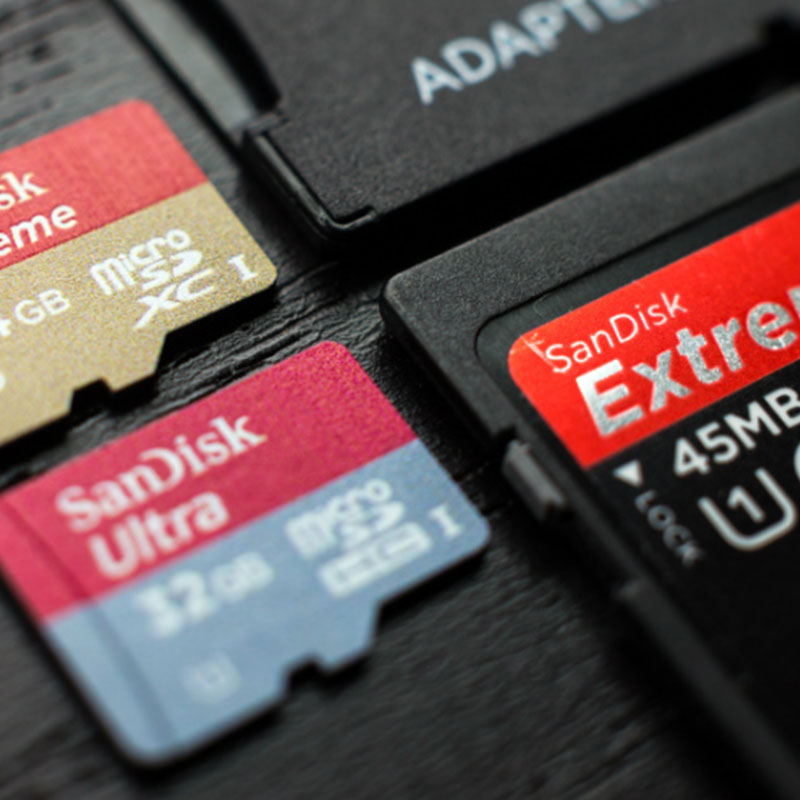Memory cards are widely used in a range of electronic devices as both expandable and removable storage options. These cards are small and easy to use, making them an ideal choice for transferring data between devices. Memory cards come in a wide range of sizes and are made for different devices, such as cameras, smartphones, laptops and gaming consoles. They use a range of speeds, technologies and interfaces which determine the performance, storage capacity and compatibility of the card.
One of the most common types of memory cards is the Secure Digital (SD) card, which is used widely in digital cameras, camcorders, and other devices. SD cards can have different storage capacities ranging from a few gigabytes to several terabytes depending on its classification. There is also a smaller version of SD card called microSD card which is commonly used in smartphones, and portable music devices. MicroSD cards are even smaller than standard SD cards and have lower storage capacities, but they are the most flexible in terms of their usage.
CompactFlash (CF) cards are another format of memory cards, which is mainly used in high-end digital cameras that require a higher write speed. CF cards typically have the same storage capacity as SD cards and also offer faster data transfer speeds. Other less common types of memory cards include Memory Stick (MS), SmartMedia (SM), and XD Picture Card.
The performance of a memory card is determined by its speed, measured in megabytes per second (MB/s). This speed is based on two factors: the read speed and the write speed. The read speed is the speed at which data can be read from the card and the write speed is the speed at which data can be written to the card. The read speed is typically faster than write speed, and it is more important for users who simply wish to read the data from the card.
When purchasing a memory card, it is essential to consider the storage capacity, speed and compatibility with the device. A high-capacity card with a low speed is not recommended for high-end use as the slow write speed can pose challenges in capturing high-quality videos or photographs. Likewise, having a high-speed card with low storage capacity may limit the usage of the device to which the card is attached.
In conclusion, memory cards are prominent in the digital world, particularly among photographers who require the additional storage capacity or need to transfer images from their camera to their computer. It is essential to choose the right type of memory card based on the device’s speed and storage requirements. Additionally, it’s worth noting that memory cards are delicate items, and they require careful handling and storage to ensure their longevity.

